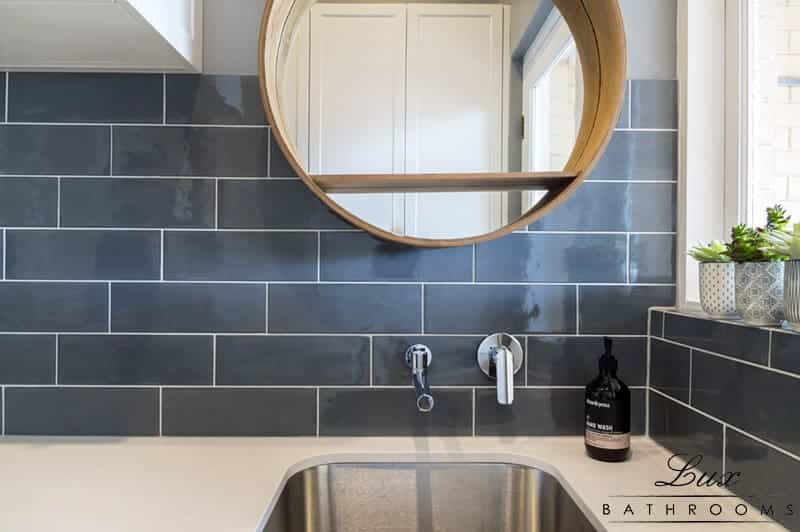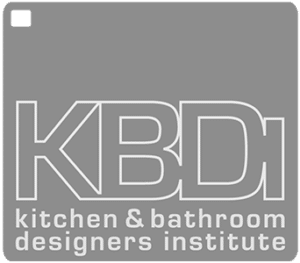Okay, I know what you’re thinking: “What else is there to picking a tile beside it being within budget and complimentary to my decor?” And you’d be right, budget and design do matter. But every tile has its own strength and weakness, and choosing the wrong one now could cost you time and money further down the track.
Let’s look at the three most common tiles, what they’re made of, and where their strengths and weaknesses lie.
1. Ceramic Tiles
The most common type of bathroom tile, ceramic tiles are made of clay that’s been baked at a lower temperature than porcelain. Because ceramic tiles are by nature thinner and less durable than porcelain, we only ever use them for bathroom wall tiles. Price wise, ceramic tiles are usually less than $55.00 p/m2, depending on size and edge finish.
2. Porcelain Tiles
Porcelain tiles are very hard wearing and extremely difficult to chip, so they make for perfect floor tiles. The composite material is a higher, denser grade then ceramic. Not porous like stone and have a low water absorption.
If you’re looking for that natural stone look, without all the maintenance, consider a supplier who offers digitally printed porcelain tiles. If you’re stuck for where to look, drop us a line.
Finally, A-grade porcelain tiles start from around $55.00 p/m2 up to $100.00+ p/m2.
3. Natural Stone
Earthy and warming, natural tiles are commonly made from stone, granite, marble or stale. However, the price you pay for a stunning looking natural stone tile is higher maintenance and regular aftercare. As they’re porous, natural tiles can stain easy and if used in wet areas, require waterproofing.
But don’t let that stop you from using these; with a little bit of care, they will provide you with a lifetime of joy, every time to the bathroom.
Tile Ratings & Grades
The rating of the tile refers to the quality of it. Not every white gloss 300×600 rectified tile is the same.
Higher grades have very few imperfections on the surface, are exact in size and straight. While low-grade versions are the type you see on “sale” at tile outlets – you know the ones I’m talking about! They can have surface imperfections, are not all the same size and may bow, which means you can get “lippage”, which is an uneven look giving the impression the tiler has done a poor job of levelling them.
Rectified Edge Tiles
I feel like rectified tiles are still an industry secret! They’re laser-cut, with a perfectly square edge which allows them to be laid closer together than standard ‘cushion edge’ tiles. Because the grout lines are much narrower, you get a smoother look and they’re also significantly easier to keep clean. And who doesn’t love less cleaning?
Tile Sizes.
The most popular tile size right now is 300x600mm. However, if you’re thinking of going larger, do so with caution! Tiles that are larger than 300×600 may interfere with proper water drainage and sufficient sloping. Which isn’t to say avoid them completely – you just want to make sure you get a top quality tiler on the job.
600×600 tiles give a grand and luxurious feeling to any room. With larger tiles, you have less grout lines and a more seamless overall finish. This is particularly true for tiles that have a beautiful pattern or design, as you can see more of the design with a larger piece.
Tilers may charge extra for laying 600×600 tiles because they’re more time consuming to lay, but the result is worth it!
If you’re stuck for tile choices or have a particular bathroom design or style in mind, don’t hesitate to drop us a line. We have strong relationships with suppliers, so we’re often able to source those hard to find or much sought-after designs!





